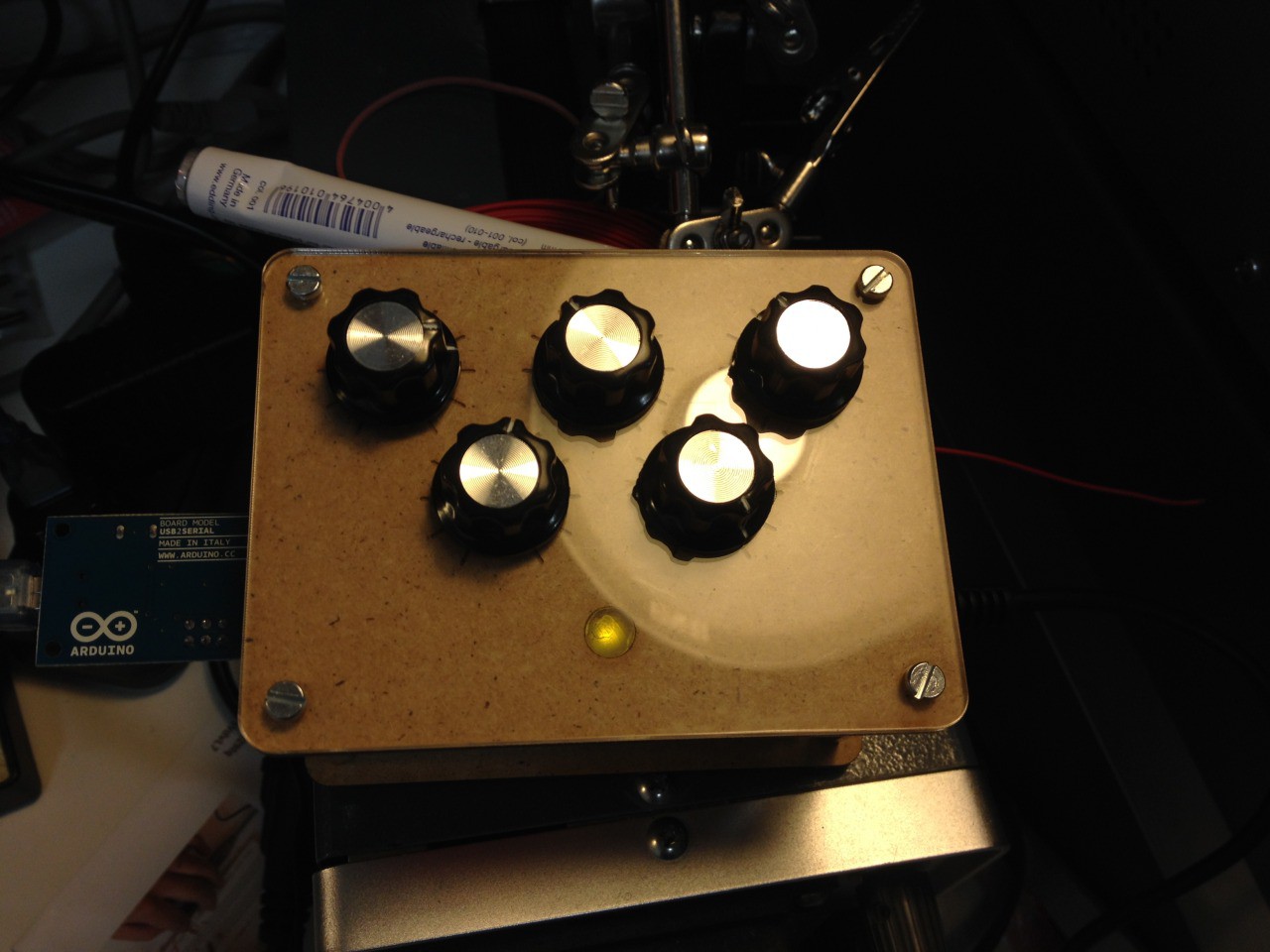-
Lessons learned from Synthiboard version 1
02/08/2021 at 23:04 • 0 commentsI've been playing around with the Synthiboard off and on for the past 4 years, and have learned quite a bit about it and the mistakes I made in its design. I'm looking to build a newer version of it eventually, but let's first look at what went wrong.
Arduino Boards as a base
My original prototype uses an Arduino Uno, and the board has a Arduino Pro Mini on it. They are kind of cheap to come by, but there are some different versions out there, which can get confusing, and the analog Pins are not always in the same spot. So it might be better to use just a plain ATMega328 and somehow build "your own Arduino".
Power Supply
I had been thinking about this for some time when I designed the PCB. The Synthiboard has two main power sources. A DC jack, and a USB micro connector. The idea was that most people have either one around. And while that might be true, it turns out it's not all that convenient. Yes, everyone has USB chargers nowadays, but while they're great for charging stuff, they're not great for powering tiny synthesizers. Also, the USB micro connector is just terribly hard to solder by hand.
The next version will likely go with a battery as its primary power source. Maybe we'll leave the USB footprint on the board, but it shouldn't be the main source.
Audio Out & Compatibility
I used D3 for the Audio Output because that was the default on Auduino. And I adapted the Drum Machine to use D3 as well then. What I didn't know at the time is that one of the "big players" in the Arduino Synth world, the Mozzi library, uses D9 as output pin instead. This means that out-of-the-box, Mozzi based synths don't work on the Synthiboard, which is really sad.
Potentiometers
It seems like I just always have to lay them on a PCB the wrong way. Not sure why, but thankfully, it's an easy fix.
Corners and Mounting Holes
Round corners are nicer than pointy ones, and Mouning Holes are great to build frontpanels etc, so I should add that in thr next revisions.
-
The initial two synths
02/08/2021 at 22:46 • 0 commentsWhen I started this project about 4 years ago, I had two synthesizer firwares for the original Arduino in mind. Firstly, the Auduino granular synth, which I had built a dedicated version of, and secondly the DIY Polyphonic Drum Machine and Rhythm Looper by Sebastian Tomczak.
![]()
My first Auduino build, without the Synthiboard The Auduino uses a PWM-based audio output, but the drum machine was designed around an R2R DAC which I had to modify to use PWM as well. Luckily, this was not too much of a hassle. Here's an early prototype of the Drummachine:
Both synthesizers now run natively on the Synthboard, and even though they have done so for 4 years, I have yet to make some videos of that 🙈
 tiefpunkt
tiefpunkt